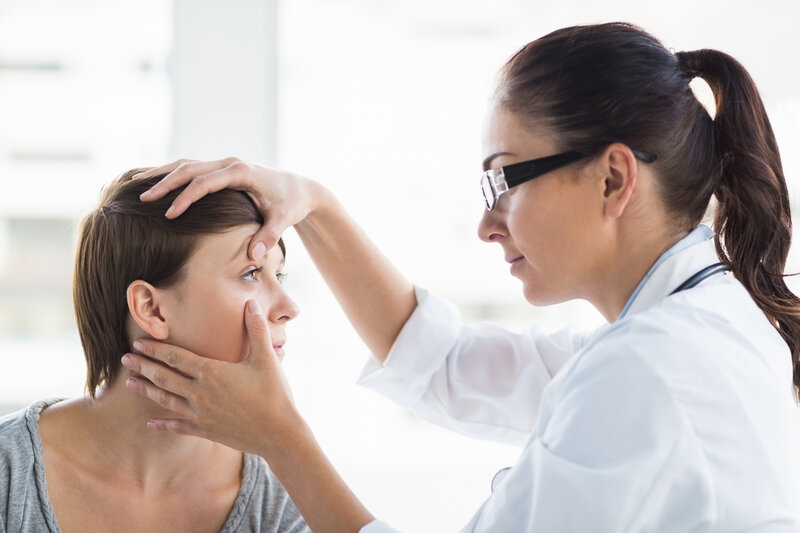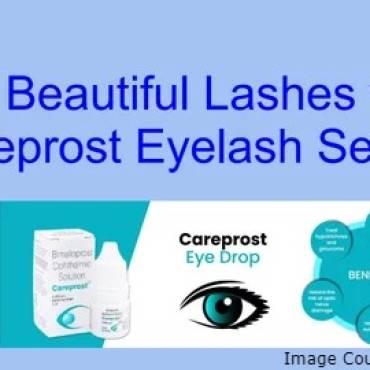Eye infection leads to various symptoms, including pain, redness, light sensitivity, swelling, itching, dryness, watering of the eyes, vision changes, and discharge. A few healthy habits and additions (eye care drops) to your daily routine can help avoid infection, eye diseases, and contamination.
We all know that eyesight is the most helpful of all senses. It helps you to understand and navigate the world around you. So, taking good care of your eyes is imperative so they work well for you in the future. Many people occasionally develop eye issues, and vision issues increase with age. Many of these issues are minor and don’t last too long. But some serious eye issues can cause permanent loss of vision. The good news is that most eye conditions, including those that cause serious concern, can be prevented and treated with eye care drops.
Dry eyes
Dry eyes can contribute to discomfort and even impaired vision, usually affecting both eyes. Dry eye symptoms include light sensitivity, eye redness, stringy mucus in the eyes, scratchy sensation in the eyes, watery eyes, fatigue, blurry vision, and feeling like something is in your eye. Lack of tears can cause dry eyes that are required to keep your eyes moist, healthy, and free from infection. You may lack tears due to reduced tear production or increased tear evaporation. Reduced production of tears is often due to things that can’t be avoided. These include ageing, underlying medical issues, and the use of certain medications or certain medical techniques.
One of the common causes of dry eyes is blepharitis (inflammation of the eyelids caused by blocked glands). The eye condition can be managed with a warm compress applied to the eyelids and eyelid massage. Eye drops for dry eyes are helpful. Cyclosporine drops are considered one of the best eyes drops for dry eyes. These are more effective than preservative-free artificial tear eye drops.
Allergic conjunctivitis
Allergic conjunctivitis is an eye inflammation caused due to an allergic reaction to pollen, mould, or other compounds that trigger allergies. Substances responsible for causing allergy release histamine (a chemical substance) into the eyes, which causes swelling of blood vessels in the eye’s outer layer. The eye may turn itchy, red, and watery. Other symptoms of the eye condition include burning eyes, stringy discharge in the eyes, puffy eyelids, especially in the morning, and relaxed blood vessels in the outer layer of the eye.
One of the best ways to avoid allergic conjunctivitis is to skip the substances that trigger your symptoms. Certain eyedrops for conjunctivitis are available that effectively prevent eye problems. The antihistamine is useful in preventing the condition. Use these eye care drops after exposure to a trigger, such as a day with high air pollen levels.

Glaucoma
Glaucoma can damage the optic nerve, which is crucial for healthy vision. This damage is often caused by eliminated pressure in the eyes. Over time, glaucoma can result in blindness that can’t be treated. Glaucoma is believed to be hereditary but can be caused by diabetes mellitus, lack of exercise, and eye injuries. The symptoms of glaucoma include bad headaches, vomiting, blurry vision, tunnel vision, patchy blind spots in your side or central vision, eye redness, and seeing halos around lights. Glaucoma is not always preventable, but there are steps you can take to prevent worsening. Treatment is most effective when applied early.
The best preventive step for glaucoma management is to get frequent eye screenings, especially if you have diabetes. You can also prevent glaucoma by exercising regularly and safely, reducing eye pressure. It is also suggested to wear protective eye gear when working in front of screens or playing sports that may injure your eyes.
Age-related macular degeneration
The exact cause of age-related macular degeneration is unknown, but the condition develops with age. This eye condition progresses slowly in some people, and vision loss does not happen for long. In others, the condition progresses rapidly and may result in vision loss in either eye. As the eye disease progresses, a blurred near the center of vision. The blurred area may grow or develop a blank spot in your central vision as the condition progresses. Objects may also appear dull as they used to be. Losing central vision can hamper everyday activities, such as recognizing faces, reading, writing, or driving.
The eye condition can be prevented by choosing some healthy lifestyle choices. According to experts, you can reduce the risk of developing this eye condition by eating a healthy diet, exercising regularly, not smoking, avoiding smoking second-hand smoke, and keeping normal cholesterol levels and blood pressure.
The bottom line
The best way to prevent eye infection, or stop it from progressing, is to have a regular eye screening. You should always contact your eye care specialist if you develop sudden vision changes. Eye infections can present with uncomfortable or inconvenient symptoms, like pain, redness, discharge, and increased sensitivity to light if you have an eye infection.
Your eye care provider may recommend antibiotic eye drops or other eye care products to treat your eye condition.
Also Read: Tips for Choosing High-Quality Eye Care Products
admin
Latest posts by admin (see all)
- What is Triluma Cream? Uses, Benefits, and How It Works for Skin - December 26, 2024
- What Causes Dark Spots? Understanding the Science of Hyperpigmentation and How Skin Lightening Products Help - December 26, 2024
- Tretinoin Gel vs. Cream: Which Formulation is Right for Your Skin? - December 20, 2024



